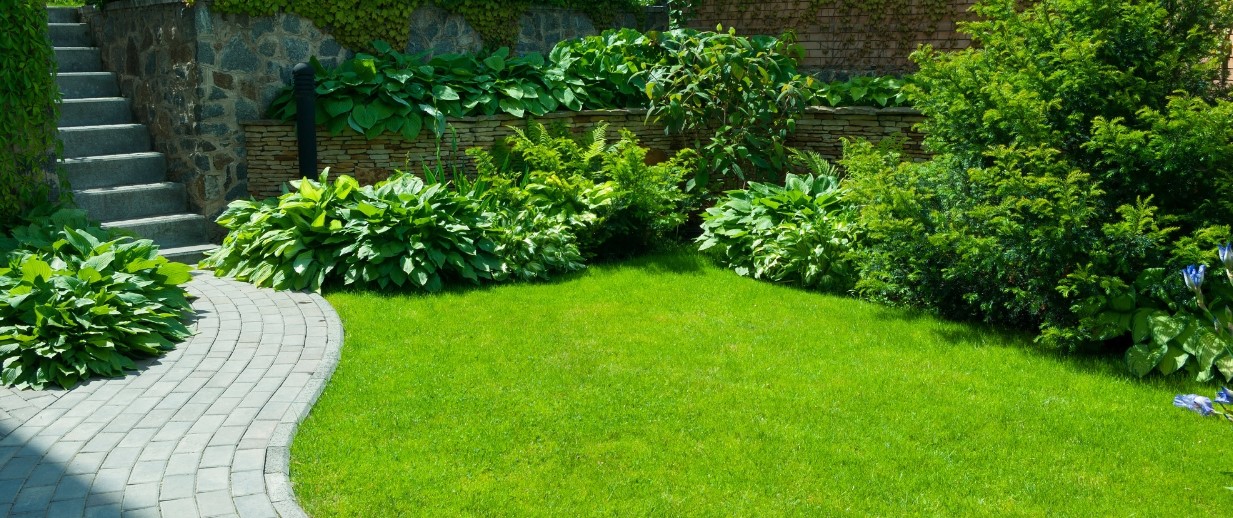
Do you love gardening? Do you look forward to your harvest each year? As is common with most gardeners, you probably struggle with how much work the garden can sometimes be. You likely also wonder how to increase your harvest and grow larger plants. Thankfully, having a fantastic garden doesn’t require a lot of extra work. Here are some easy ways that you can do less work and get more fruits and vegetables.
Prepare the Ground
The most important part of a garden is the soil. You need to make sure that it has the correct nutrients and can sustain the plant’s life. When you’re preparing the ground for your garden, you might as well do a few extra steps that will save you lots of time in the long run.
After you’ve mapped out your garden size, you want to cover the entire space with cardboard. Make sure you account for the cardboard flaps and overlap those areas. The cardboard will be a natural weed barrier and will also encourage earthworms to go to it, which helps enrich and lighten the soil.
Next, place a layer of straw or leaves on top of the cardboard. You want to aim to have about an inch or two for this layer. The straw or leaves will slowly break down, providing a constant supply of nitrogen for your plants. Once you have that layer on, you want to water it well. The water is going to start the decomposition process. Continue to water it well for a few days and then place down a layer of strong weed barrier.
You’re going to find that following this method reduces the time you spend doing garden maintenance Cincinnati and keeps your plants fed all year long.
Know What To Prune
If you’re struggling with your harvest, it’s likely because you don’t cut your trees and plants back as much as you should. Even a simple plant like a tomato needs to be pruned back for the largest tomatoes possible.
If you’re growing fruit trees, make sure you wait until they are dormant in the fall to prune them. Cut off any dead branches and any that have grown astray and will shade other branches too much when their foliage comes in.
When pruning vegetable plants, remove any parts of the plant that are yellowed or sick. However, every vegetable plant has different pruning requirements, if they even need to be pruned. Peppers often do best when they cut back before they have been planted in the ground. The pruning allows them to focus on growing stronger stalks with bigger yields.
